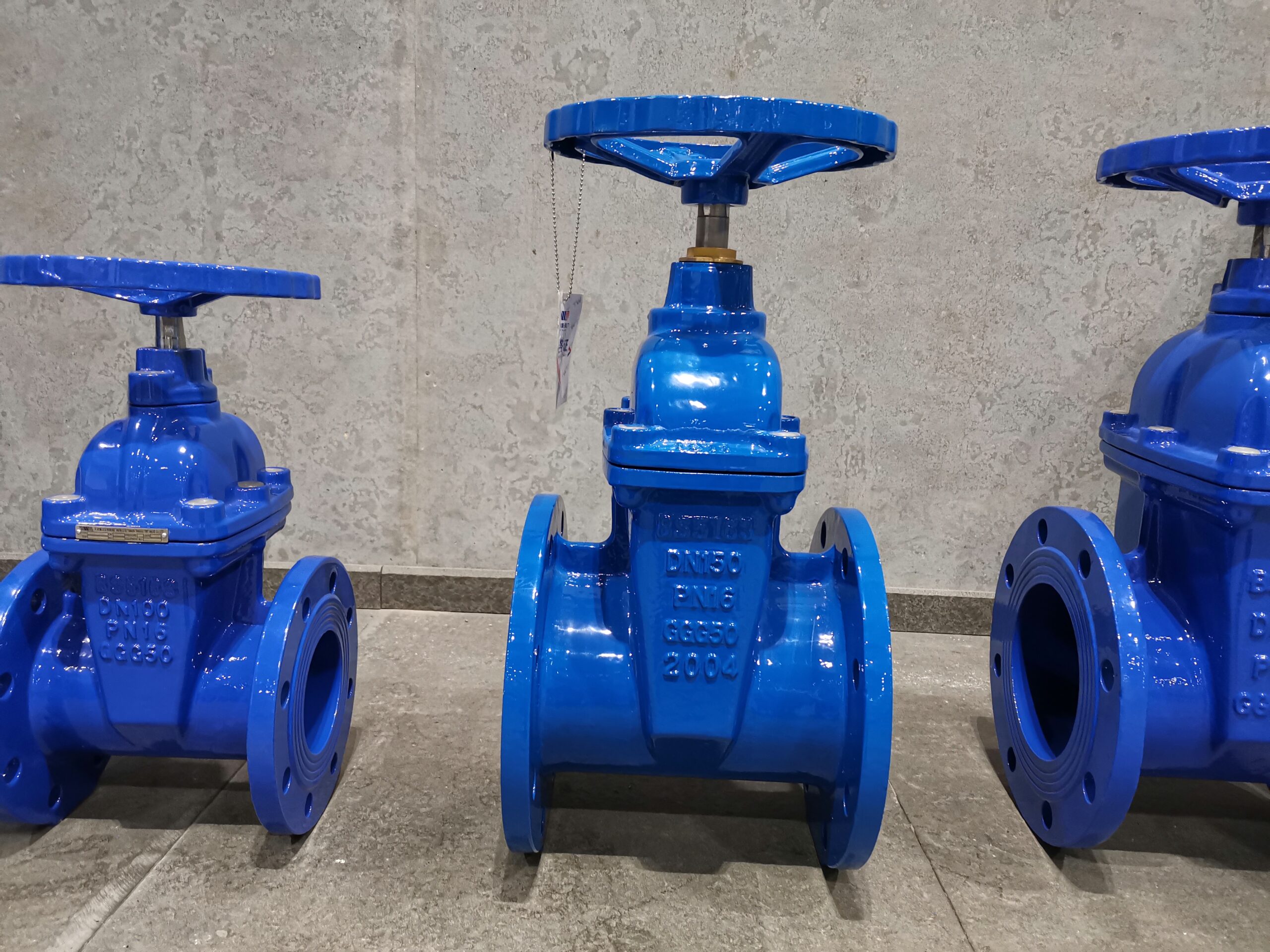For underground water distribution systems, gate valves with non-rising stems are commonly used to isolate sections of piping for repairs or maintenance. One type that excels in buried applications where debris is a concern are resilient seat gate valve featuring this non-rising stem design. Certainly, aiming to the applications of underground, we also call this kinds of valves as underground gate valve or underground gate valve. Let’s explore why these valves are well-suited for underground pressure piping.
What is A Resilient Seat Gate Valve?

Gate valves contain a wedge-shaped gate that slides vertically to open or close flow. Period, resiliently seated gate valves improved upon traditional designs by using an elastomeric seal bonded to the gate rather than a mechanical seal.
This not only provides drip-proof shutoff, but also allows the valve to be used in either flow direction. Furthermore, elastomeric seals are less susceptible to damage from sand or grit than metal-to-metal sealing surfaces.
Non Rising Stems Prevent Damage
Whether the valve is open or closed, the concealed stem remains in the same vertical position relative to the valve body. This protects the operating nut and valve stem from damage during installation or if debris gets under the valve.
With a rising stem valve, the stem rises when it opens. Plus it goes down when closed. If subsurface conditions change over time, valve stems are at risk.
However the non-rising stems are only slightly above the ground to avoid snag hazards. This is why we suggest about China non-rising stem gate valve.
Top Benefits For Buried Piping Applications
- Drip-tight sealing withstands system pressure surges and prevents leaks even in gritty or sandy soil conditions.
- Corrosion-resistant ductile or bronze bodies hold up well underground for decades of use.
- Buried valves eliminate risk of unauthorized access or tampering with surface-mounted valves.
- Non-rising stems protect the stem and operating mechanism from debris entering the valve body.
- Extended operation in either flow direction using tapped or flanged end connections.
- Test and operate valves with standard pentagonal wrenches without needing to excavate.
Suitable For Pressures To 250 PSI
Most resiliently seated gate valves suitable for underground piping applications are rated for a closing pressure of 150 to 250 PSI (pounds per square inch).
The ductile iron or cast iron gate valve in industrial gate valves can support these pressures in water mains up to 12 or 16 inches in diameter. It will depend on the model.
Flange ends simplify installation using bolted accessories. With proper installation techniques and adequate thrust, gate valves can provide very reliable closure for pipeline repairs near critical facilities.
Ease of Installation And Maintenance
A typical installation of a resiliently seated gate valve requires the lower half of the valve body to be embedded in the ground so that only the operating nut protrudes above the ground.
The surrounding compacted backfill provides support and prevents the valve from moving.
This setup allows access to the valve without digging a small hole around the stem nut. Regular valve exercises and pressure tests verify proper operation for decades of underground use. For maintenance, a simple replacement of the rubber elastic seat is usually sufficient.